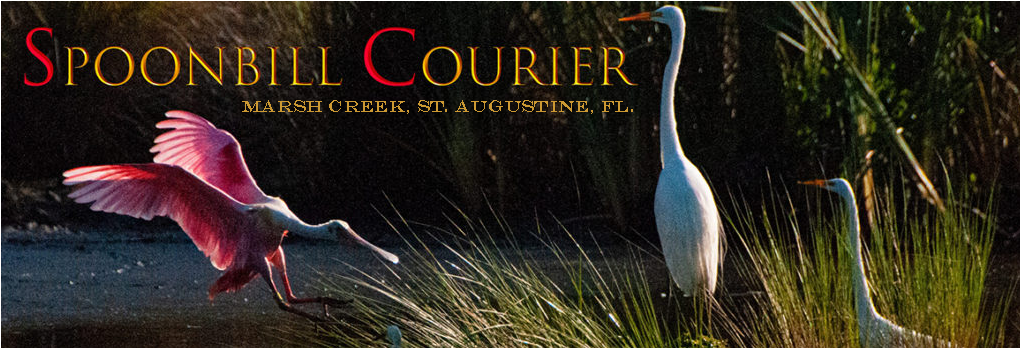
Happy Easter, Passover and Ramadan, everyone!
Last night, Vic Yerrill caught the great snap above of this Spring’s Pink Moon over Marsh Creek. The celestial phenomenon is also known as the Paschal Moon because of its adjacent arrival to Easter.
If you’re not hunting for hidden eggs this morning, then you can read up on all the history behind the Pink Moon from the Farmer’s Almanac, reprinted in part below.
Full Moon for April 2022
almanac.com/content/full-moon-april
April’s full Moon rises on the night of Saturday, April 16. Traditionally called the Pink Moon, this full Moon is also the Paschal full Moon this year. Here’s everything you should know about the Moon this month, including facts, folklore, and Moon phase dates.
When to See the Full Moon in April 2022
Venture outside on the night of Saturday, April 16, to catch a glimpse of April’s full Pink Moon. This full Moon reaches peak illumination at 2:57 P.M. EDT, but won’t be visible above the horizon until after sunset.
For the best view of this lovely spring Moon, find an open area and watch as the Moon rises just above the horizon, at which point it will appear its biggest and take on a golden hue! (Find local Moon rise and set times here.)
Paschal Full Moon: The First Full Moon of Spring
This year, April’s full Moon is the first full Moon of the spring season, which began with the spring equinox on March 20, 2022. This means that April’s full Moon is the Paschal Full Moon—an important Moon to those who celebrate Easter, since Easter’s date depends on the date of the Paschal Full Moon.
Easter is celebrated on the first Sunday after the Paschal Full Moon (i.e., the first full Moon of spring), which means that it will be celebrated this year on Sunday, April 17 (following the full Moon on Saturday, April 16).
→ Read more about the curious link between the Moon and Easter’s date.

Why Is It Called the Pink Moon?
The full Moon names used by The Old Farmer’s Almanac come from a number of places, including Native American, Colonial American, and European sources. Traditionally, each full Moon name was applied to the entire lunar month in which it occurred, not only to the full Moon.
The Pink Moon
Although we wish this name had to do with the color of the Moon, the reality is not quite as mystical or awe-inspiring. In truth, April’s full Moon often corresponded with the early springtime blooms of a certain wildflower native to eastern North America: Phlox subulata—commonly called creeping phlox or moss phlox—which also went by the name “moss pink.”
Thanks to this seasonal association, this full Moon came to be called the “Pink” Moon!

Alternative April Moon Names
In April Moon names, references to spring abound! Breaking Ice Moon (Algonquin) and Moon When the Streams Are Again Navigable (Dakota) reference the melting ice and increased mobility of the early spring season, while Budding Moon of Plants and Shrubs (Tlingit) and Moon of the Red Grass Appearing (Oglala) speak to the plant growth that will soon kick into high gear.
Other names refer to the reappearance of certain animals, including Moon When the Ducks Come Back (Lakota), Moon When the Geese Lay Eggs (Dakota), and Frog Moon (Cree). Along the same vein, Sucker Moon (Anishinaabe) notes the time to harvest sucker fish, which return to streams or lake shallows to spawn. According to legend, now is the time when this fish comes back from the spirit world to purify bodies of water and the creatures living in them. (This name may also be applied to the February Moon, to honor the sacrifice of the sucker fish in order to feed the Anishinaabe peoples, traditionally helping them to survive the winter.)




